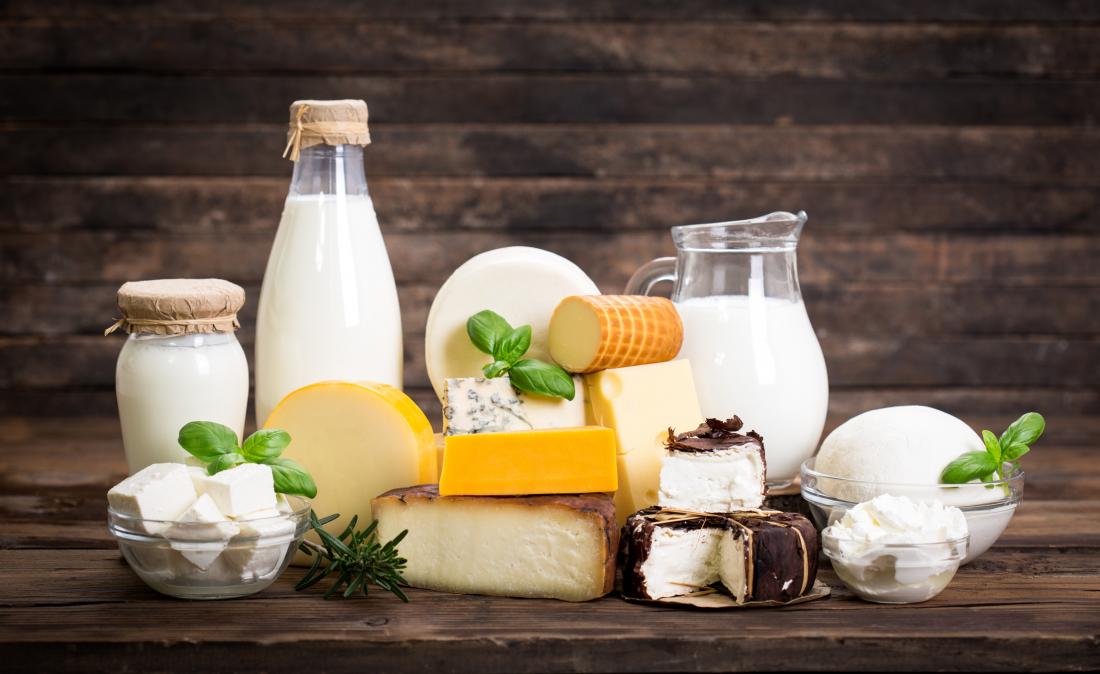
Is DermaRolling Safe for Teens?
Dermarolling is suitable for teenagers with acne scars and stretch marks. These conditions are very common and quite often lead to low self-esteem issues amongst teens. As acne almost always leaves behind scarring, it is one of the most complained about skin issues in youngsters.
The good news is that acne scars are treatable and teens may not need to suffer from this condition if it is treated early on. Microneedling is simple, easy and very effective against any type of scarring.
Top 10 Acne Myths
Myth 1: Acne is caused by not cleansing your skin.
Myth 2: Hormonal acne only affects teenagers.
Myth 3: Acne is contagious.
Myth 4: Dirt causes acne.
Myth 5: If you have acne, you should skip the moisteriser.
Myth 6: Exfoliating your skin aggravates acne.
Myth 7: Sun exposure or tanning gets rid of acne.
Myth 8: Washing your face frequently will prevent acne.
Myth 9: Skin is oilier in the summer.
Myth 10: Toothpaste can get rid of pimples and acne.
The Link Between Dairy and Acne
Almost all commercial milk comes from pregnant cows. Milk from pregnant cows contains hormones that are close to hormones that signal the skin cells to produce more sebum.
1. All Dairy is Packed With Natural Hormones
All types of dairy, even organic and varieties without added hormones, all contain natural hormones that can lead to acne. Remember, dairy only comes from pregnant cows, so you’re taking in the hormones from both the male and the female involved in the reproduction experience and the milk that is the result. There are over 60 hormones in one glass of raw milk who knows how many in other dairy products. How’s that for skin food?
2. Dairy is a Natural Source of Sugar
Sugar in all it’s forms raise the glycemic index and can lead to breakouts in sensitive individuals. Lactose (milk sugar) is especially problematic since it not only raises insulin (blood sugar) but also leads to allergic reactions in many people. Milk sugars also shoot rapidly through the bloodstream and have been linked to diabetes.
3. Dairy Promotes IGF-1, the Cancer-Growth Factor
IGF-1 is a growth hormone naturally found in milk. IGF-1 is one of several factors that cause inflammation, which can lead to acne. Most dairy milk has measurable quantities of herbicides, pesticides, antibiotics, blood and puss, among other things. IGF-1 is commonly known in the health world as being the number one thing to avoid if you’re looking to eat a cancer-free supportive diet, and it’s found in dairy products. IGF-1 also affect our affects our natural hormones such as estrogen and testosterone.
4. Dariy is Pro-Inflammatory
Because diary is one of the most inflammatory foods you can you, your want to eat as much anti-inflammatory foods as possible. All animal proteins contain inflammatory proteins that have been linked to disease, but dairy proteins have been linked to most skin issues, especially whey and casein proteins. Most protein powders used by young men and bodybuilders contain casein and whey protein!
5. Digestive Issues?
As you know the skin is the body’s biggest organ. Whatever toxins the body can’t digest and eliminate through the colon, the skin takes the hit and those toxins come out through the skin in the form of acne. What you probably don’t know is that dairy is extremely hard to digest. And yes, even in people that don’t have a diagnosed allergy. No human should be consuming milk after they’ve been weaned from their mother’s breast. It is completely unnatural.
We seem to be the only species of mammals that drink milk after infancy, and definitely, the only species that drinks another species’ milk. Cow’s milk is not designed for human consumption.
6. What Exactly is in a Glass of Milk or any Other Dairy Products for that Matter?
You may be expecting to hear something like calcium, vitamins A and D, protein, and some other nutrients that we think are beneficial to the body. Well, a glass of milk also contains acidic animal protein that leeches calcium from the bones, pus cells, bovine growth hormone, feces, antibiotics, and a whole lot of unnecessary fat, cholesterol, and calories. These all create a terrible imbalance in the body that ultimately show up arthritis, heart disease, digestive issues and of course, acne.

Most Common Sources of Dairy
Above are some of the obvious dairy foods such as cow’s milk (chocolate, whole, skim, malted, evaporated, etc.), buttermilk, cream, butter, cheese, ice cream, milkshakes, and yogurt. However, did you know that the majority of processed foods also contain dairy?
Some are easy to spot, such as that good old macaroni and cheese, lasagna or creamy ranch salad dressing. But milk proteins and lactose, the culprits of milk allergies and lactose intolerance respectively, often lurk in some of the strangest places.
Here are some manufactured foods where dairy ingredients may be hiding, check out it out, we guarantee a few will surprise you!
Artificial Sweeteners | Baby Formula | Bakery Goods | Baking Mixes | Bread | Breath Mints (not all, but a few) | Casein & Whey | Candy & Chocolates | Cereal | Chocolate Drinks | Coffee Whiteners / Creamers | Cookies & Crackers | Cream Liqueurs | Custard / Pudding | Fondues | Granola & Nutrition Bars | Sauces & Gravies | Instant Potatoes | Potato Chips | Margarine | Meal Replacement Powders | Sour Cream | Salad Dressings | Creamy Soups | Some Soy Products and Spice Mixes
Read ingredients labels before you buy anything! Even the tomato soup you may be eating, which sounds healthy, might have dairy in it. Now you know 😉
